Liquid wallpaper is practical, durable and beautiful coating. We will tell you in detail how without much the costs make it yourself.
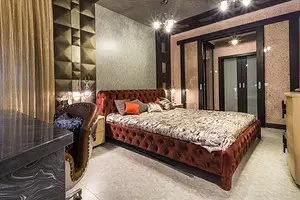
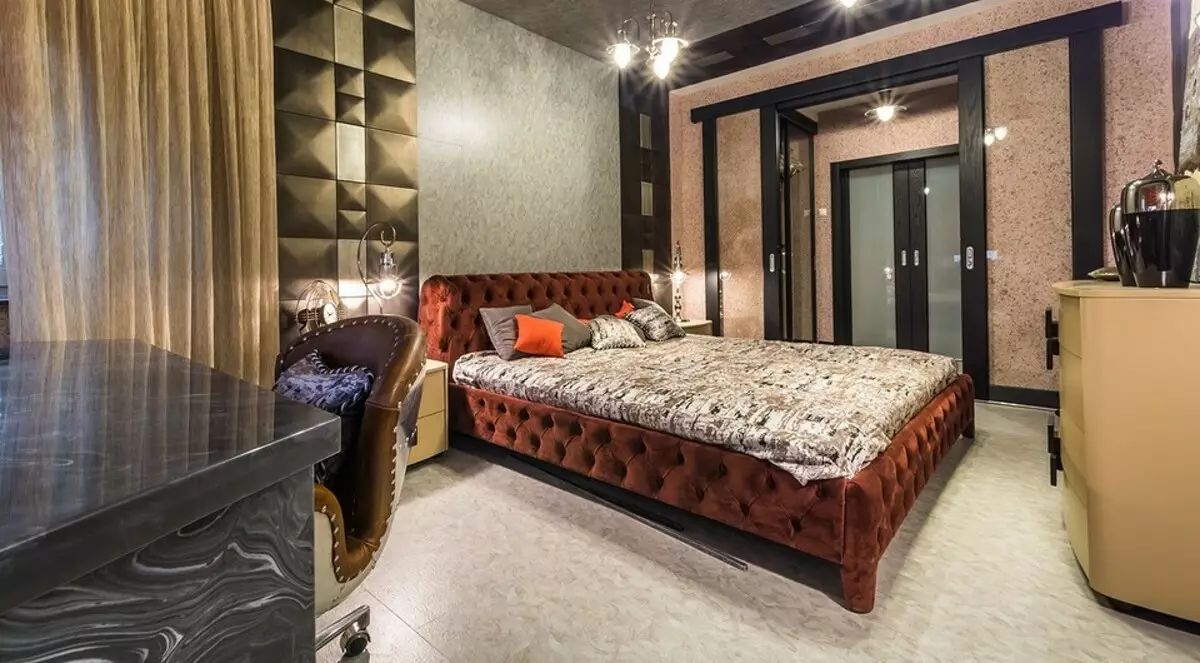
All about independent manufacture of liquid wallpaper
Selection of ingredients
- The foundation
- Binder
- Decor
- Dye
Universal recipe
Liquid wallpaper or as they are also called silk plaster - unusual material. It closes the defects of the base, can fit on the surface of any configuration, does not have seams, durable and environmental. At the same time, it possesses the original silky surface that makes it similar to the fabric or felt. It is not surprising that the cost of material is great. We will analyze how to prepare a liquid wallpaper with your own hands at home. This will save the budget and get a coating that does not like any other.
How to make liquid wallpaper with your own hands: We select ingredients
Immediately make a reservation that it is unlikely to make an equal analogous to the decor. Manufacturers are not divided by recipes for their products, so you will have to act independently by the method of samples and inevitable errors. But if you try, the result will definitely please. The liquid material is initially a dry mix that is divorced by water to the desired consistency. It includes four components. Let us wonder each of them in detail.Main component
It defines its most important characteristics, including the appearance of the finished coating. Ideally, it is pure cellulose, but in practice these options are used.
Paper of any quality
For the manufacture of silk plaster analogue, you can use any raw material: glossy magazines, sheets for printer, old books, newspapers, etc. Even packaging cardboard and extruded trays for eggs are in progress. The main advantage of this choice is the minimum cost. All this can be collected in any house in the right amount. For further work, the sheets will need to grind. They are passed through shredder or finely cut, the latter requires significant labor costs. After soaking, the paste-like mass is obtained, which will become the basis for the coating.
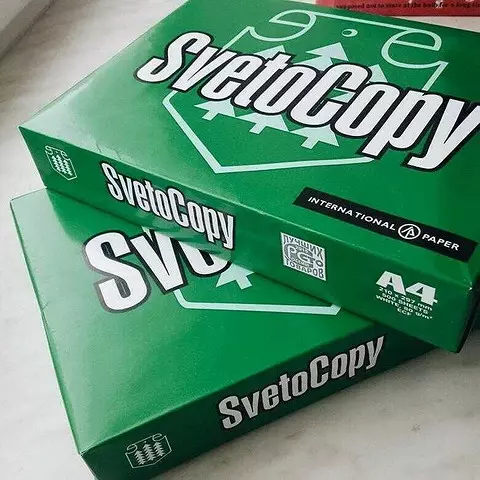
The thickness of the paper and its quality determines how well it is soluble. It is best that it turns out from newspaper, sheets for the printer, etc. Laminated sheets for these purposes are not suitable
A dense cardboard or trays for softening have to be cut as finely as possible or add toilet paper to the viscosity solution. Another important nuance is that the color of this paste will depend on the type of raw materials. So, the newspapers will give a gray mass, painted typographic paint. Journal sheets with color illustrations guarantee even more rich coloring.
If you do not get rid of the gray tone, then with the subsequent composure of the pasta, it will not allow it to purchase a clean color. This is especially characteristic of light tones. They will always be dirty. Therefore, it is advisable to carry out additional processing of a chlorine bleach. This will allow the basis of getting white, which is ideal for subsequent composure. If pure sheets are used for the printer, whitening will not need.
The paste on a paper basis is environmentally friendly and completely safe for allergies. Provided that any additives will not be made. Maintainability, the coating can be removed from the wall, dissolve and reuse. True, in the harmful form it reminds Paper-Masha, so it is chosen as an analogue of inexpensive silk plaster. We offer to watch a video about the intricacies of the choice of paper raw materials.
Acrylic spacure
Used to prepare moisture-resistant varieties of material. After adding different fillers, an attractive coating with inclusions of fibers is obtained. Most often, fibrovocol, metal powder and pigment are added to such a paste. As a result, it turns out, rather, decorative plaster.After drying the material, it is not restored and cannot be repaired. Sufficiently strong and moisture consists. They can separate the bathrooms and other rooms with high humidity. Very easy to prepare. It is enough to take the finished acrylic putty and add the desired filler. It dries quickly, gaining strength after a day, while the finishes based on cellulose will be needed.
Equata and its analogues
Survived insulation consists of cellulose, which is the basis of liquid industrial production wallpapers. Therefore, it is well suited for self-making this finishing material. In addition, cellulose fibers are already impregnated with antipirens and antiseptics. Additional processing will not need.
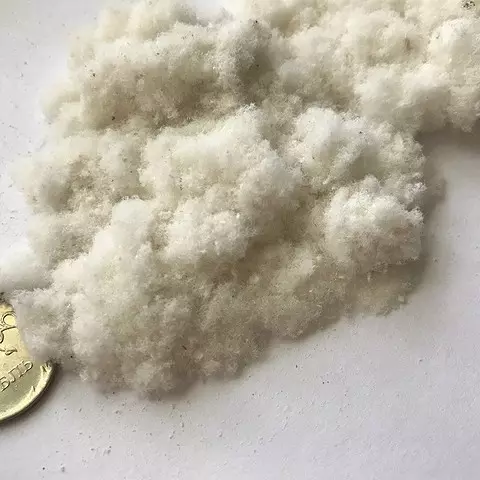
Equata is sold in the form of flakes that are ideal for making analogue of silk plaster. The coating is obtained beautiful, you can experiment with the texture, introducing different fillers
It is most like a mixture produced in industrial conditions. Sometimes instead of eco-houses use ordinary wool. This is possible, but expensive and troublesome, since the fibers need to grind himself.
Sawdust and fine chips
An interesting wall decor can be obtained from a mixture based on sawdust. This is a fully natural decor, safe for a person. Its advantage can be considered an attractive natural texture and a variety of staining of the material. In stores for sale painted sins, they are added to the mixture after grinding. Flooring from sawdust has not only an attractive appearance, but also quite significant disadvantages. The tree is hygroscopic, so after the kneading the water absorbs. This will significantly lose its composition, for this reason it can crawl when applied to the base. So that it does not work out, the proportion of glue in the solution will have to increase. In addition, dry the mass will be longer than eco-board or paper.
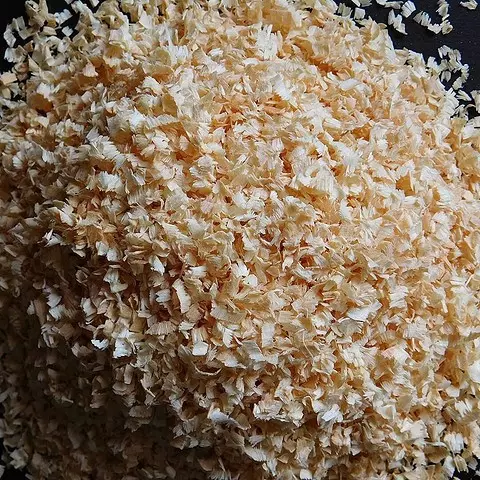
If necessary, it is possible to tint the sawdust by the veil, giving them more or less saturated shades. The mixture of painted material is distinguished by an attractive diversity of tones.
Binder
Various wallpaper adhesives are used as a binder. The main thing is that they fully dissolve in water. A good choice will be:
- Varieties of glue CMC. Tools based on cellulose, produced in dry form. Before work is bred by water. The composition already includes antiseptics, so you do not need to add;
- Bustylate. Durable synthetic glue. Sold in the form of ready-to-eat paste. You can immediately enter into the solution, it is not necessary to prepare it. There are no special additives, antipirens and antiseptics will have to be made separately.
Any of the adhesives is suitable for the manufacture of finishes at home. Well bind components, require quality mixing.
Decorative filler
Used for various purposes. It is added to:
- Change texture. To do this, choose various fibers, threads of different thickness, cotton lumps, marble crumbs or dust;
- Give gloss. It can make small pieces of a Christmas rain or tinsel, metal powder, sequins for manicure, plaster, etc.;
- Add color accents. In the solution makes threads of contrast with respect to it. You can choose several different shades. It is important that the pigment of the decor did not dissolve water, otherwise it will paint the entire paste.
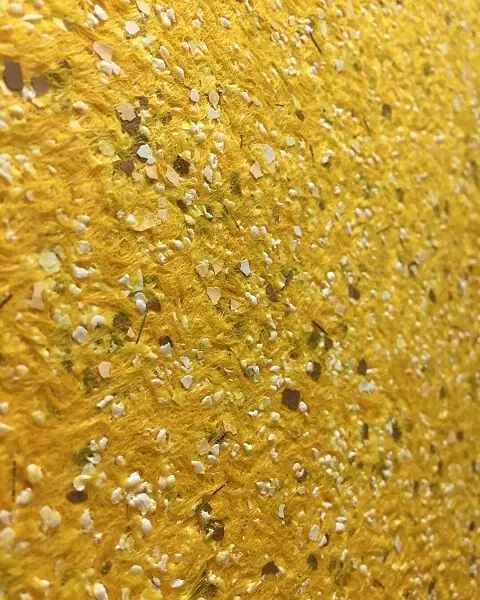
In the process of preparation of the decorative mixture, you can add only one or several types of filler. Their number is unlimited. It all depends on what effect I want to get
The degree of grinding of components is also important. For example, a metal powder and crushed rain will look different. In the first case, it will be small reflections, in the second - shiny stripes.
Dye for mixes
The casting makeup will suit any, it is important that he is a universal destination. Such preparations are produced in the form of liquid or paste. The first option, in no matter how the proportion is added, will evenly paint the decorative mass. Pigment is introduced and smeared well. If the color is not sufficient enough, another dye is added. It is necessary to consider that after drying, the tone will turn out lighter.
Important moment. The universal pigment will paint not only the basis of wallpaper, but also all additives, including threads, fibers, etc. In addition, the wall will be painted. It is not bad because it will make it possible to get the most uniform painting of the coating. But after removal of the material, you will have to prepare the basis for a new finish.
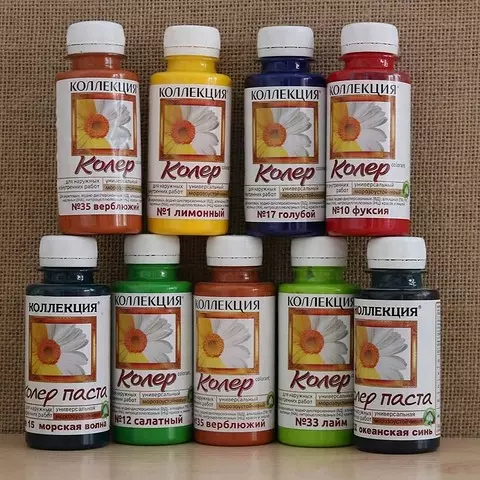
Using pasty pigments, you can make staining with uneven finishes. They are dotted into the mixture and slightly stirred. This allows you to achieve the effect of "marble" surface
Interesting color color is obtained by adding color fillers to the solution. They can hardly be made with their own hands, you will have to buy. It may be all sorts of sparkles, fine plastic confetti, threads, etc. The pigment that gives the decor to color is not dissolved by water, so the result is a beautiful motley coating.
How to make liquid wallpapers yourself: universal recipe
Homemade masters actively try different methods for mixing silk plaster and share with each other. The network has many different recipes. Of these, you can withdraw a universal formula that "will work" anyway:
- The main component is the desired number (x) kg;
- adhesive composition - 0,5x kg;
- water - 5x kg;
- Decorative filler - the right amount;
- Antiseptic - according to the manufacturer's instructions.
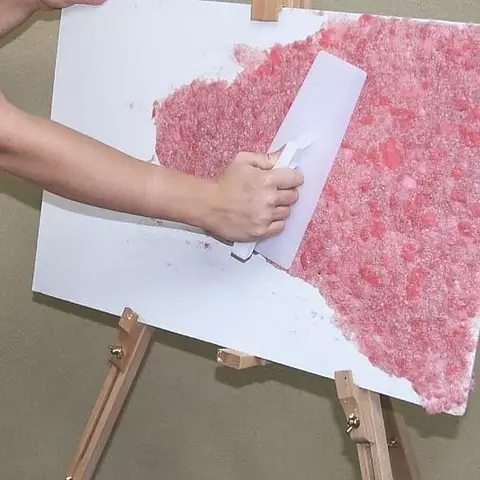
In order not to redo the walls of the walls, optimally execute the "Probe". Apply a decor on a small fragment and see how he behaves. If necessary, adjust the recipe
It follows the solution in such a sequence.
- The chopped paper is poured with water and give it well swell.
- An construction or ordinary mixer whipped the resulting mass, achieving a homogeneous consistency.
- Different types of decorative filler are added alternately. Each time it is thoroughly mixed. The mixer cannot be used, everything is done by hand.
- Purify glue and mix well again manually.
- Adjust the kel and wash again. Pasta is ready to apply.
We found out how to make liquid wallpapers at home. It's not hard. Perhaps the greatest difficulty will be to grind a large amount of paper, threads and fibers. It will take time and labor. But you can significantly make it easier for yourself if you choose an eco-friendly decorative filler. Their cost is relatively small, but the result will definitely please.






